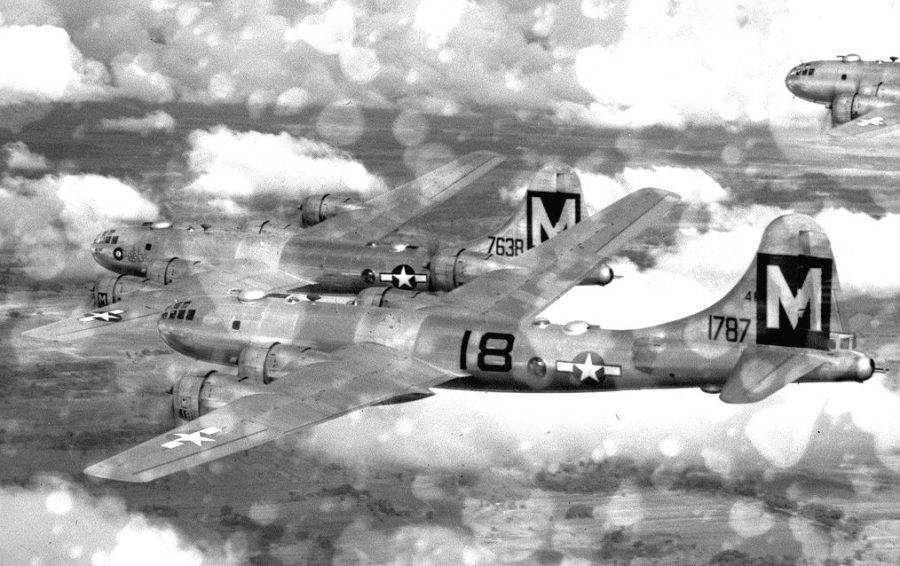A New Home in India
April 3, 2018
James now found himself in the far-east finding a new home where he would be stationed for eight months before being transferred to his next destination.
Bombay, India Apr. 25, 1944 – Approached harbor 8:00 A.M. – one week before was scene of the disastrous explosion caused by ammunition vessel explosion.
Apr. 26th- Approx. 12:00 noon disembarked – sights incredible for the mind to perceive. Scrawny looking natives apparently underfed – caste system very noticeable – Taj Mahal, one of the seven wonders of the world in Agra 250mi., restricted to U.S. troops at this time.
On way to staging area from boat – marched through city of Bombay – touching the elite residential and governmental houses. Mostly walked by the representing consulate houses representing many, many beautiful scenes. Flowers along the way paint a colorful pattern to the eyes. Stone walls surrounding dwellings covered with flowers. Saw snake charmer – charm and make a cobra dance on its tail in the middle of sidewalk in Bombay. Bengal Provence, Piradoba – India.
April 28th – 1944 – In isolated part of country living under the most primitive conditions in the XX [20th] bomber command. Water rationed! Showered as certain hours.
There was a long break in James’ journal here between April and December. The records of what he did within this time was spotty, and it was unclear where he traveled or what missions he went on. From what he told my family members this is how the series of events in this time unfolded.
James was assigned to a B-29* bomber wing and served as the crew chief. He took orders from the captain and was responsible for relaying them to the rest of the crew members and ordering how to carry them out. His main position on the bomber was as a gunner controlling one of the turrets underneath the plane. He flew missions out of India for these seven months and within that time was shot down over the Himalayas. On that mission, the captain attempted to keep the plane stable by ordering the crew to ditch as much weight as they could, this included flak jackets, ammunition, and any other non essential equipment, including personal belongings (James had his own duffle bag on the plane where he threw a fair amount of his supplies in. One of the items was an emerald idol which he bought in India, unfortunately it did not survive being chucked out of the plane at over 10,000 feet.) Eventually, the captain realized that the plane was not going to make it back to base and ordered the crew to bail.
After bailing out**, it took James over a month of survival in the wilderness before he eventually was able to bribe a group of natives using his money belt*** to find a friendly detachment of U.S. troops took him back to his bomber command. Unfortunately, the whole crew did not survive, details about who did and were accompanying James through the jungle are nonexistent. As my entire family can attest, James, like most men of his time, rarely spoke about his experience in the war.
This was the only incident that was prevalent during this time. Otherwise, it can be hypothesized that James also served on reconnaissance missions, along with bombing raids.
Eventually he would be shipped out over “the hump” to China and from there to his final destination for the remainder of the war.
*The B-29 “Super Fortress” was the most technologically advanced U.S. bomber used by the United States in the second world war. It had a typical crew of 9 to 11 depending on the mission, and saw extensive use in the CBI (China-Burma-India) Campaign.
**A term used to describe when the crew of a plane escape via parachute.
***Money belts were what they sounded like, belts filled with local money that could be used as a bribe in an emergency situation.









David T. Fletcher • Apr 9, 2018 at 12:20 am
Hello again John,
I see that this is an ongoing story — you have a dedicated reader in me! I have some research suggestions if you want to try to find out more than your diary and family memories tell you about James’s service. If you are interested, feel free to to email me at your convenience. Many thanks for telling this story — I look forward to your future installments. BTW, I am also originally from MA — I grew up in Framingham and Holliston, and my father’s family lived in Watertown. I did my undergrad work at Tufts University.
Do you know the New England Air Museum near Hartford Airport in CT? They have a 58th Bomb Wing exhibit and archive. Their website also has much about the XXth AF. There is a WW2 Museum in Natick, MA — but I have not been there personally. It is featured online, and may be a nice place to visit if you have time. A wonderful site is http://www.cbi-theater.com — that may also greatly interest you.
David T. Fletcher, Ph.D.
Dept. of History and Geography
Elon University
Elon, NC 27244
dfletcher2@elon.edu